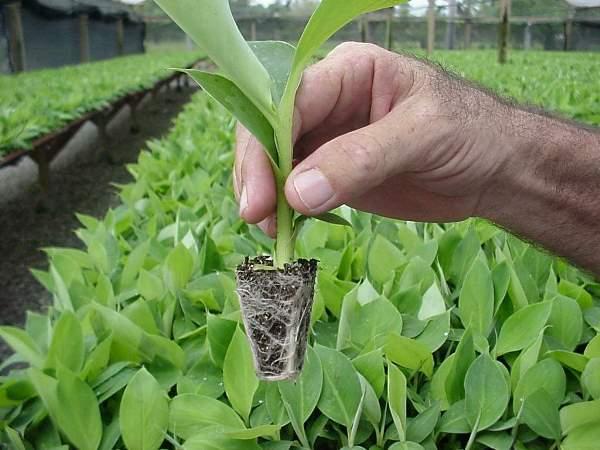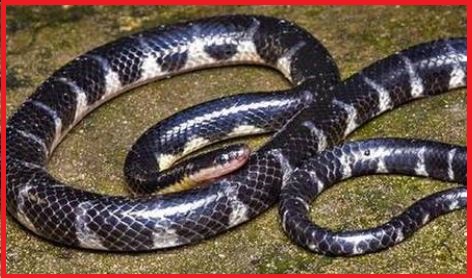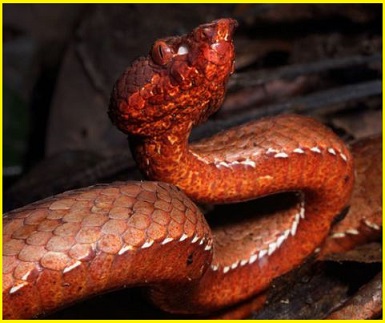Updated By: LatestGKGS Desk
Plant Tissue: Meristematic – Simple, Complex, and Permanent Tissue

Plant Tissue: Classification, mechanism, features, details
Plant tissues are classified as meristematic and permanent tissue
Meristematic tissues are actively dividing cells .
Permanent tissues are derived from meristematic tissue.
Permanent tissues are classified as
- simple permanent tissue
- complex permanent tissues.
Simple permanent tissues
Parenchyma is the most common tissue which is morphologically and physiologically simple and unspecialized. They are responsible for photosynthesis, storage of food, secretion etc.
Collenchyma: Collenchyma are living tissues composed of more or less elongated cells and often have some chloroplast to carry on photosynthesis. It is generally situated below the epidermis.
Sclerenchyma: Cells are long, thick-walled and lignified with tapering ends. These are fiber like in appearance and also known as sclerenchymatous fiber. These are dead cells and perform a mechanical function.
Complex Tissues:
The complex tissues are composed of different types of cells performing diverse functions. These are of two types xylem and phloem.
Xylem:
Structurally, xylem consists of both living and nonliving cells. Xylem consist of four elements: tracheids, vessels, xylem fibers, and xylem parenchyma
Phloem:
Phloem consists of four types of elements – sieve tubes, companion cells, and phloem parenchyma and phloem fibers.


